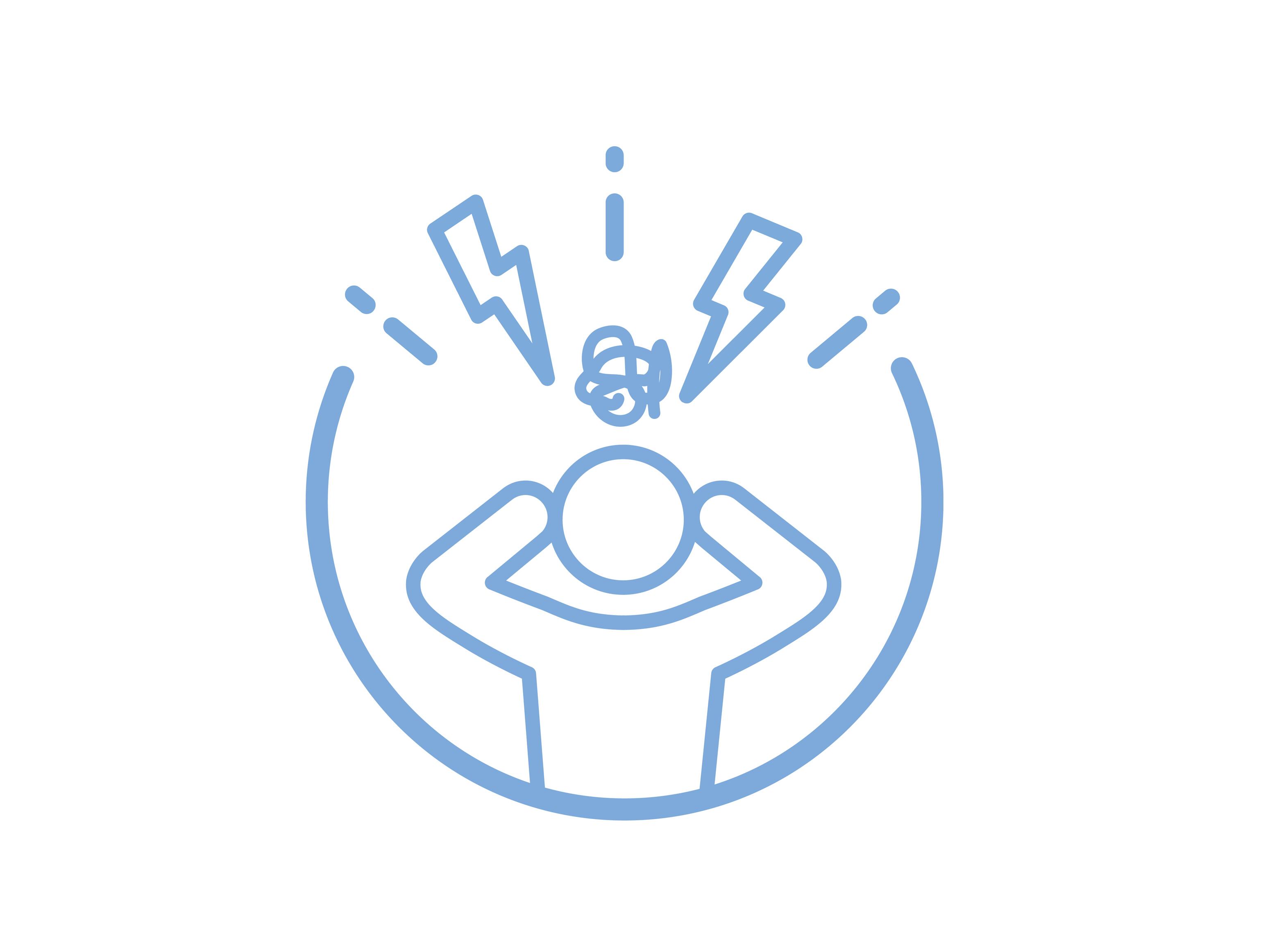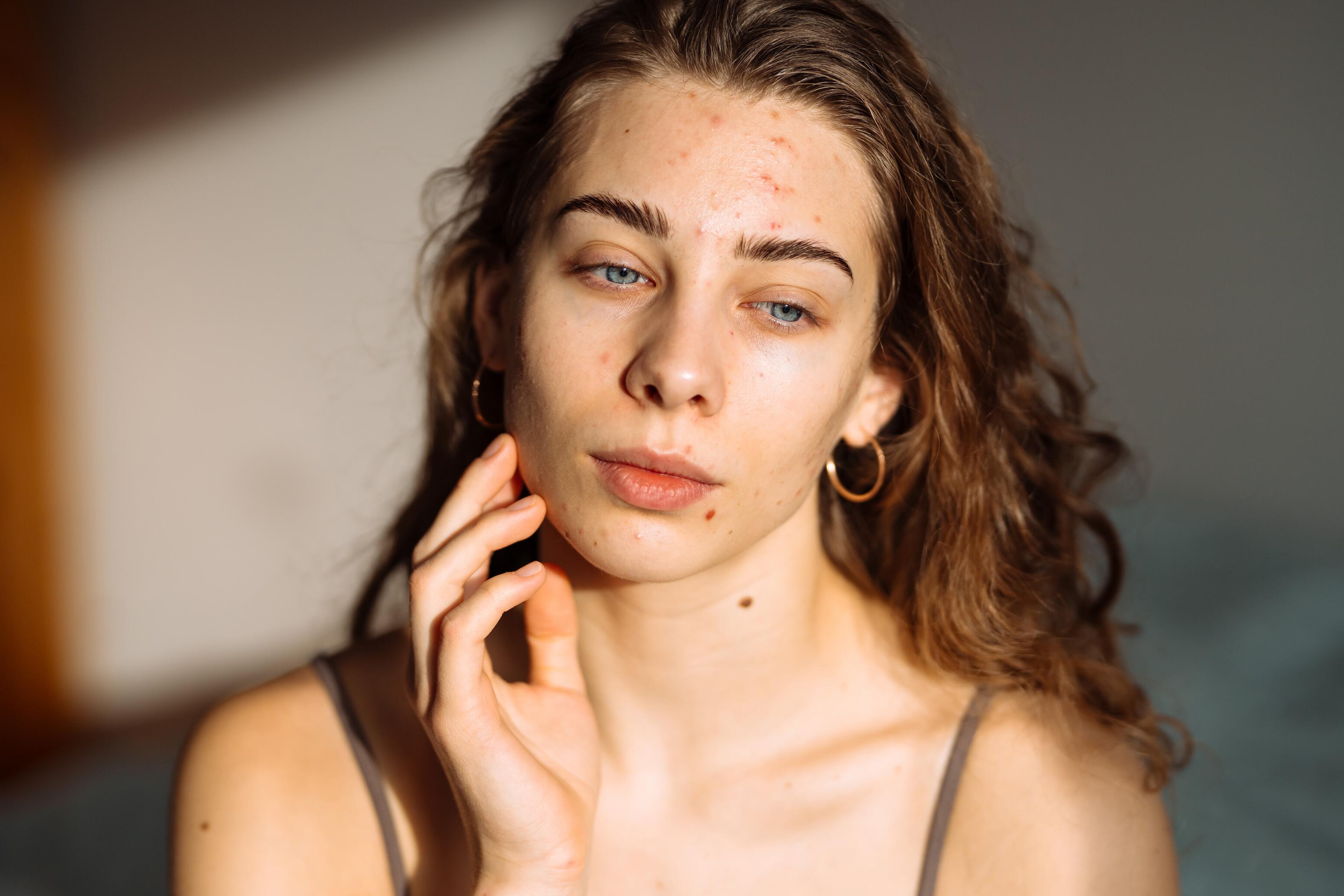Complete Guide to Treating Acne: Causes, Types and Solutions
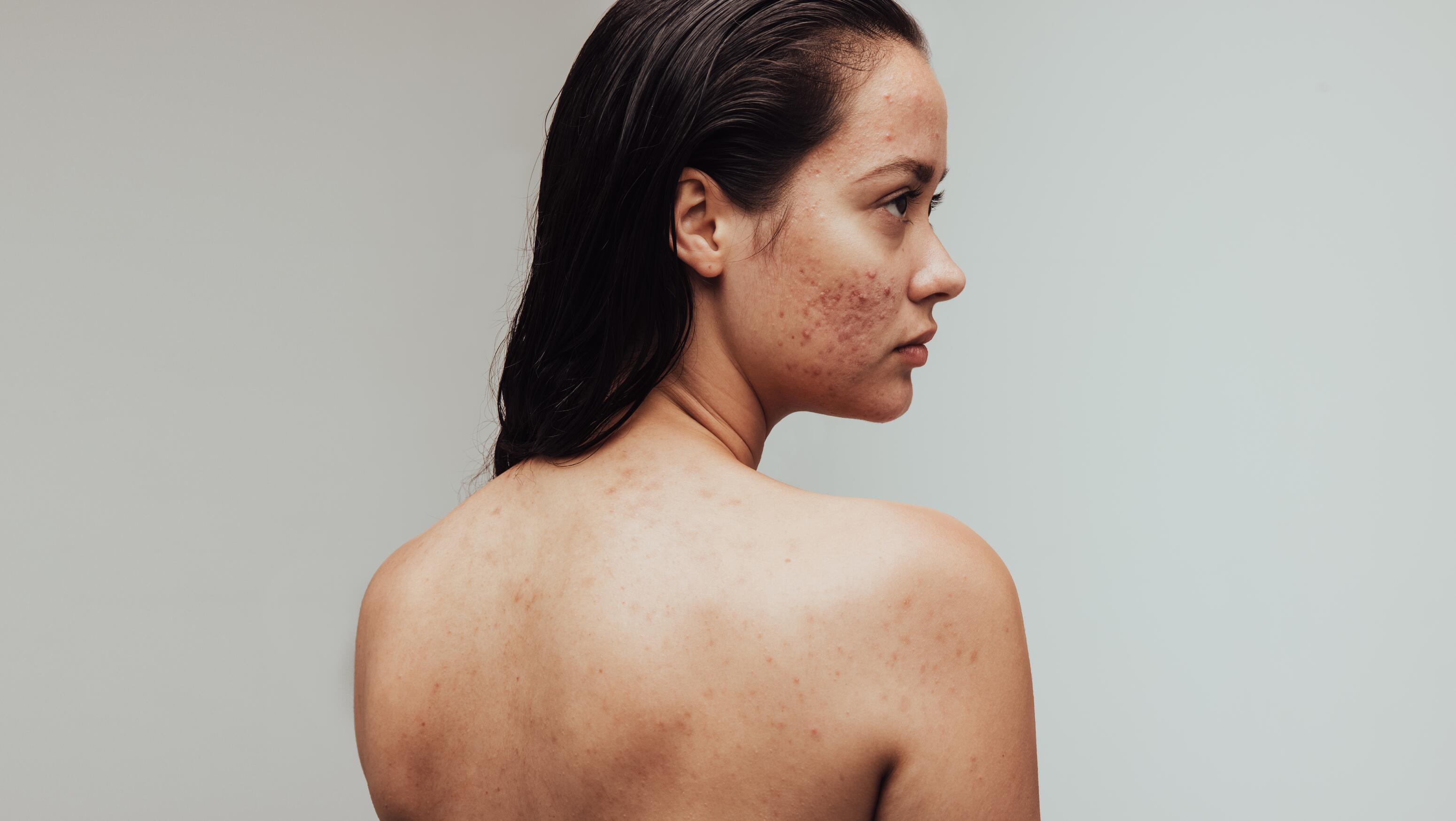
Summary
Introduction¹ ² ³
Acne is a chronic inflammatory skin disease affecting the pilosebaceous follicles, manifesting as lesions such as comedones (open or closed), papules, pustules, nodules or cysts. It is one of the most common dermatological conditions, primarily affecting adolescents, but also persisting or arising in adulthood.
Treating acne is essential not only to improve skin appearance but also to reduce its psychological impact (anxiety, lowered self-esteem, etc.). Early and appropriate therapy helps control flare-ups and maintain skin health over the long term.
The Four Severity Levels of Acne¹ ²
Following an initial dermatological assessment, treatment is optimised according to acne severity:
- Mild acne: a few comedones and papules on less than half the face, often with oily skin. Usually managed with local treatments and good skin hygiene.
- Moderate acne: comedones, papules and pustules covering more than half the face, possibly with one nodule. Requires a combination of topical and oral medications.
- Severe acne: numerous comedones, papules and pustules across the face with occasional nodules. Needs more intensive therapy, including systemic retinoids alongside local and oral treatments.
- Very severe acne: highly inflammatory lesions and deep nodules over the face and sometimes other body areas. Involves systemic retinoids and possibly dermatological procedures to address scarring.

Types of Acne Treatments Available¹ ³ ⁴
Management is tailored to symptom severity and includes local, oral and hormonal options. The goal is to reduce lesions, prevent scarring and sustain long-term remission.
Local Treatments
For mild to moderate acne, local treatments are first-line.
- Key agents: benzoyl peroxide and retinoids reduce inflammation, limit comedone formation and prevent new lesions.
- Application frequency: varies by active ingredient, acne severity and skin tolerance; generally applied at night to minimise photosensitisation risk.
- Prolonged use: maintain even after improvement to avoid relapse.
Oral Treatments
Moderate to severe acne often requires oral medications:
- Antibiotics: tetracyclines (doxycycline, lymecycline) for their anti-inflammatory properties, combined with local treatments to limit resistance.
- Isotretinoin: reserved for severe or very severe acne, or high-scarring risk after failure of conventional therapy. Requires strict medical monitoring for its potential side effects and is contraindicated in pregnancy.
Hormonal Treatments
In women, hormonal therapy can be effective:
Oral contraceptives: some pills may improve acne, but must be prescribed only when contraception is needed, considering thromboembolic risks (risk of blood clots).
Treatment Modalities for Acne
Treatment Selection1 3 4
Selection is personalised by the clinician or dermatologist based on:
- Patient age and acne duration: these factors can influence how the skin responds to treatments and the likelihood of relapse.
- Acne type and severity: dermatologists may use grading scales such as the Global Evaluation of Acne (GEA), which classifies acne from grade 0 (no signs of acne) to grade 5 (very severe acne), to determine the level of treatment required.
- Psychological impact and quality of life: the effect of acne on a patient’s social and emotional well-being can also guide therapeutic choices, with more intensive treatments considered when the psychological burden is high.
- Previous treatments: responses to earlier therapies are reviewed to avoid repeating ineffective approaches and to adjust the treatment strategy accordingly.
Managing Treatment Failure⁴
If initial therapy fails, doctors check adherence to the treatment regimen. And, if confirmed, alternative treatments are offered. The aim remains to sustain remission using local therapies where possible, to limit the use of antibiotics or invasive treatments.
Precautions for Key Acne Treatments⁴
Managing acne treatments requires specific precautions for each therapy type—whether local or oral—to optimise efficacy while minimising risks.
Local Treatments
Although highly effective for mild to moderate acne, topical agents may cause skin irritation. To limit these side effects:
- Use a gentle cleanser formulated for sensitive skin.
- Apply a non-comedogenic emollient cream frequently to soothe the skin and reduce irritation.
Oral Antibiotics
When using antibiotics for acne, particular care is needed to limit bacterial resistance. These medications offer temporary relief and should always be used in combination with a topical regimen to prevent recurrences. It is essential to adhere strictly to the prescribed duration, as visible improvement may take several weeks. Antibiotics should therefore be reserved for cases where they are truly necessary, and prolonged use should be avoided.
Isotretinoin
Isotretinoin is offered as a second-line therapy for severe acne that is resistant to adequate courses of conventional treatment, namely, a combination of oral antibiotics and topical agents. This drug demands strict monitoring due to its potential side effects. In particular, women of childbearing potential must use effective contraception throughout treatment because of the significant risk of fetal malformation (teratogenicity). Monthly pregnancy tests are mandatory. All patients require rigorous clinical and psychological follow-up for the entire duration of therapy.
Practical Advice for Daily Acne Management
Skin Care¹ ⁵
To keep acne-prone skin healthy, follow a suitable daily routine:
- Cleanse your skin twice daily with a gentle product, such as a micellar lotion, an acne-specific gel cleanser, or a soap-free cleansing bar.
- Apply a non-comedogenic moisturiser designed for combination to oily skin regularly.
- Avoid scrubs, masks and leave-on products, which can irritate the skin and worsen acne, especially when using photosensitising medications such as retinoids.
- Be cautious with makeup: choose non-comedogenic formulations and remove all traces thoroughly each evening.
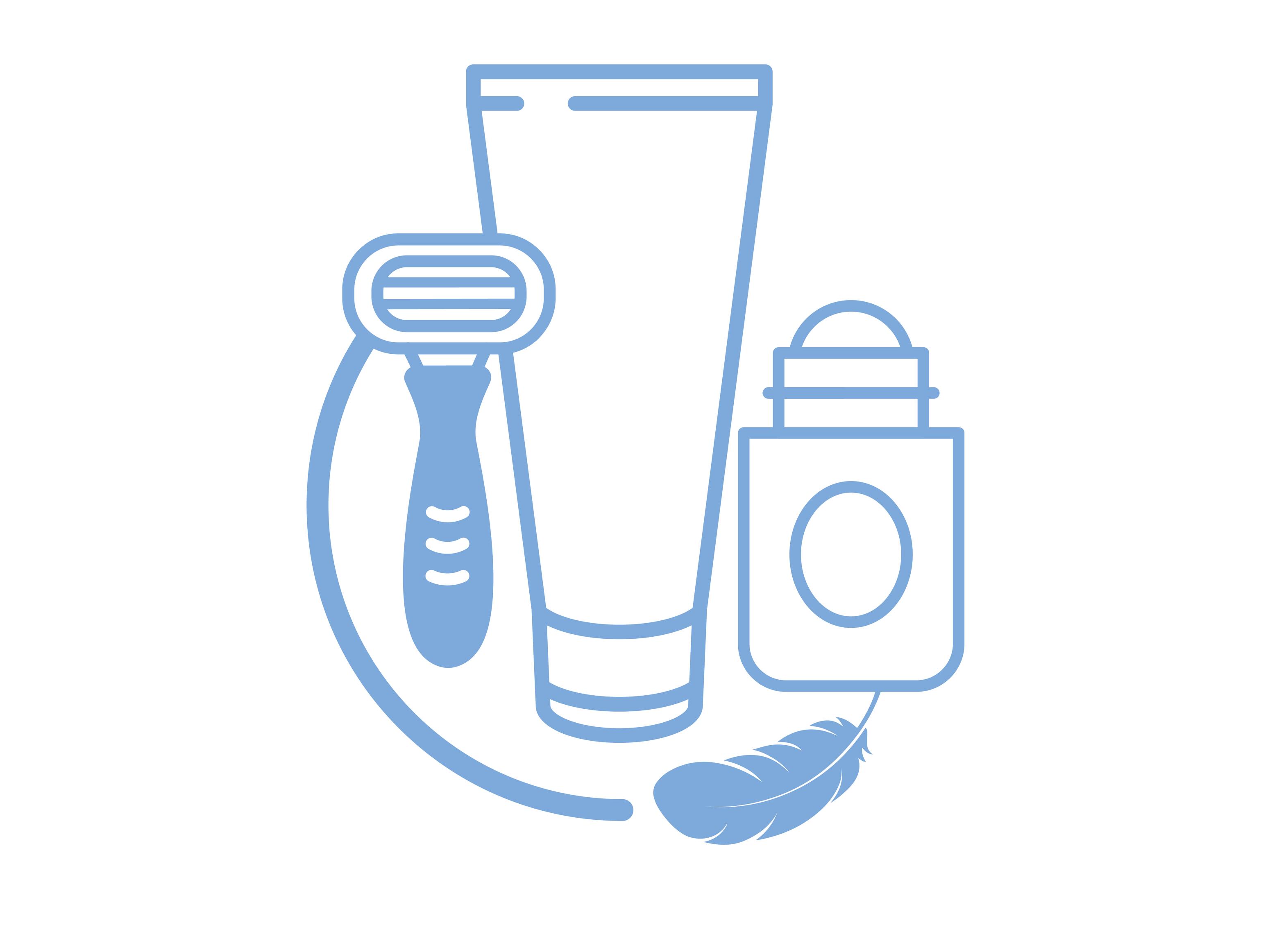

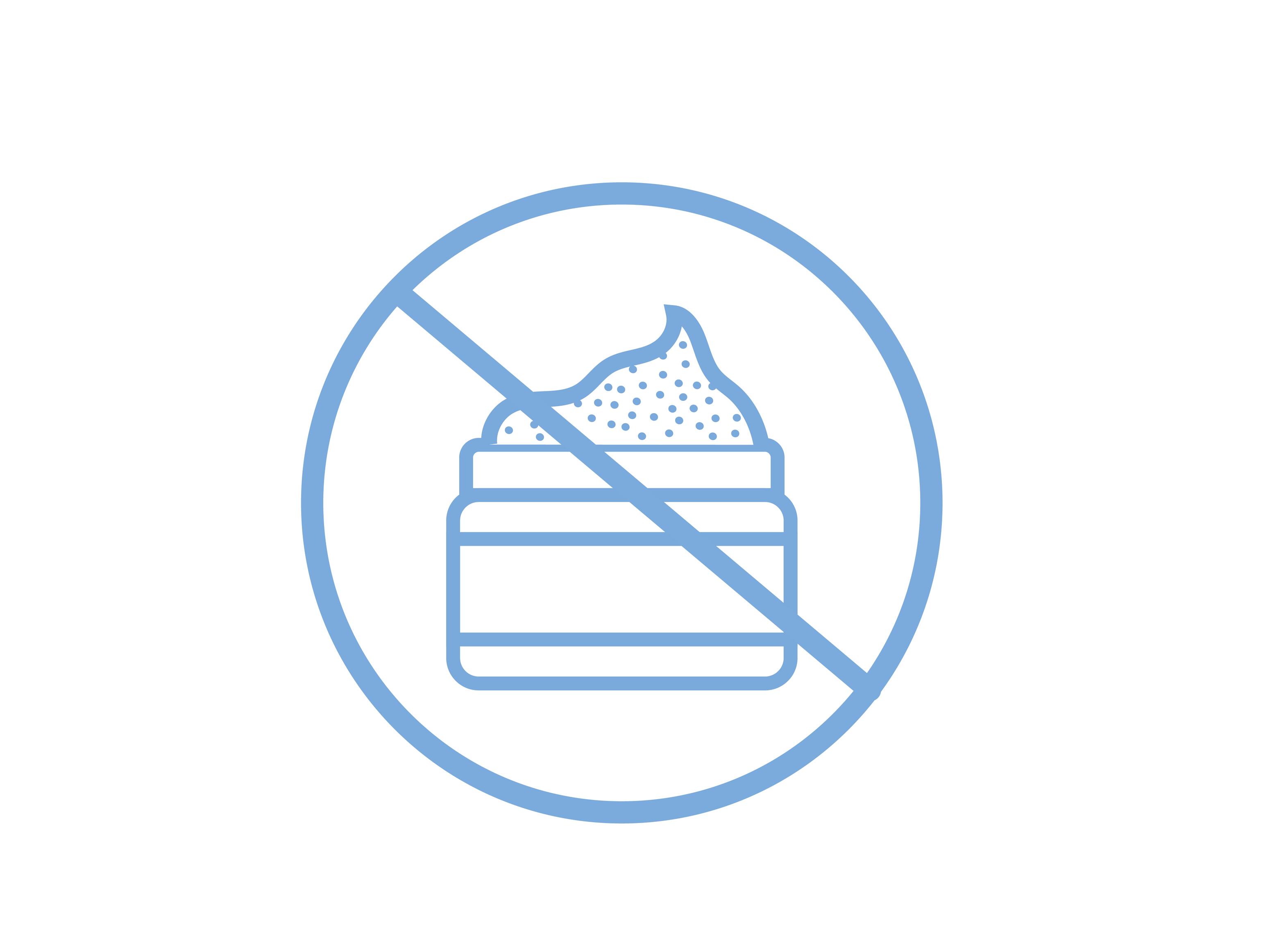

Sun Protection1 5
Sun protection is essential, particularly if you are using photosensitising treatments such as tetracyclines or topical or oral retinoids. Sun exposure can trigger a rebound effect, where acne worsens after an initial improvement (often in autumn), and increases the risk of post-inflammatory hyperpigmentation, leaving dark marks on affected areas. Avoid direct sun exposure during and after treatment, and shield your skin with a high SPF, broad-spectrum sunscreen, a wide-brimmed hat, and protective clothing.
Hygiene and Lifestyle¹ ³ ⁵
Good lifestyle habits are fundamental to enhancing acne treatment efficacy:
- Avoid touching your face or picking at lesions to reduce irritation and bacterial spread.
- Refrain from smoking.
- Manage stress proactively.
- Although the role of diet in acne remains debated, it is generally advisable to limit high-glycaemic foods that may exacerbate symptoms and to opt for a healthy, balanced diet rich in fruits and vegetables.
Prevent stress
It is advisable to avoid diets that are too rich in fast sugars
Avoid touching your face and handling pimples
Enhancing Acne Treatment Success¹ ⁴
Long-Term Commitment and Motivation
Premature interruptions or missed doses can lead to relapse or worsening of acne. Cultivate patience, stay motivated by noting even minor improvements, and discuss your progress regularly with your physician.
Understanding Your Treatment
Understanding how and why your regimen is prescribed can also promote adherence. Learn about the mechanisms by which treatments act on acne to reinforce your commitment, even in the absence of immediate results. Ask your dermatologist about the different phases of therapy: the intensive “attack” phase, which can last up to three months, and the maintenance phase, which consolidates gains and helps prevent symptom recurrence.
Importance of Following Prescriptions
Strictly following your dermatologist’s instructions is crucial. Many studies have shown poor adherence among acne patients, often because results are not instant. Some treatments, such as retinoids and antibiotics, may take several months before visible effects appear.
Sources:
1.Jegou-Penouil MH. L’acné. Maladie du follicule pilo-sébacé. Société française de dermatologie. 2019 Dec. [Internet]. https://dermato-info.fr/fr/les-maladies-de-la-peau/l%E2%80%99acn%C3%A9
2.L’assurance maladie. Définition, symptômes et évolution de l’acné. Ameli.fr. 2024 May. [Internet]. https://www.ameli.fr/assure/sante/themes/acne/definition-symptomes-evolution
3.Reynolds RV and al. Guidelines of care for the management of acne vulgaris. J Am Acad Dermatol. 2024 May;90(5):1006.e1-1006.e30.
4.Haute autorité de santé. Acné : quand et comment la traiter? HAS.fr. 2015 Nov. [Internet]. https://www.has-sante.fr/jcms/c_2574402/fr/acne-quand-et-comment-la-traiter
5.L'assurance maladie. Acné. Que faire et quand consulter. Ameli.fr. 2024 Jun. [Internet]. https://www.ameli.fr/assure/sante/themes/acne/bons-reflexes-bons-gestes
- Discover Retention Acne: A Guide to Effective Care and Solutions
Retention Acne: A Guide to Effective Care and Solutions
- Discover Acne and Sun Exposure: Effects and Recommended Actions
Acne and Sun Exposure: Effects and Recommended Actions


